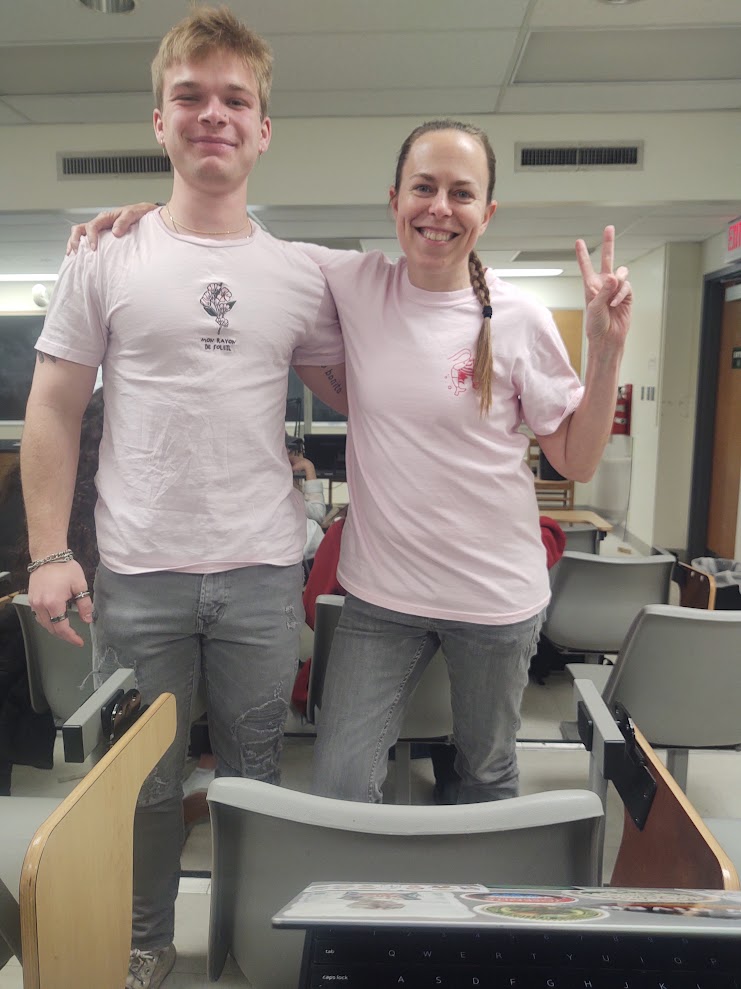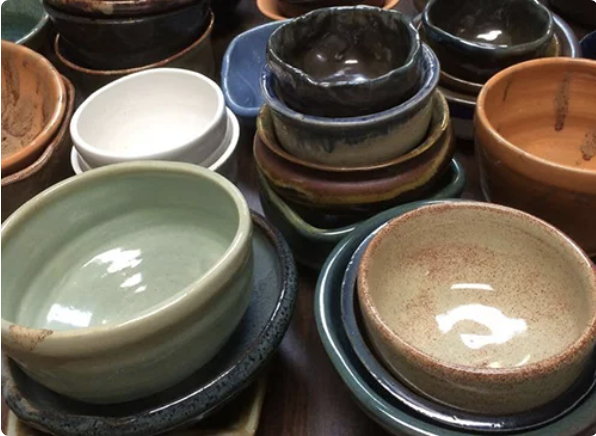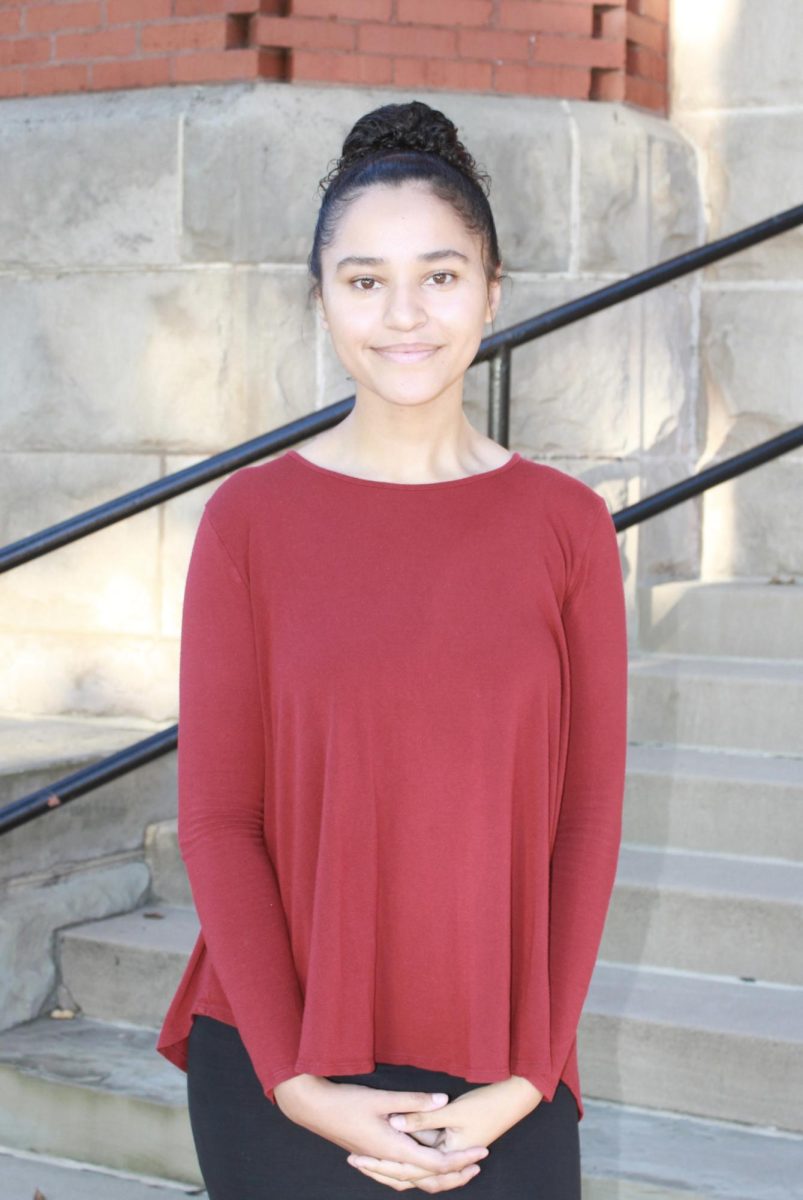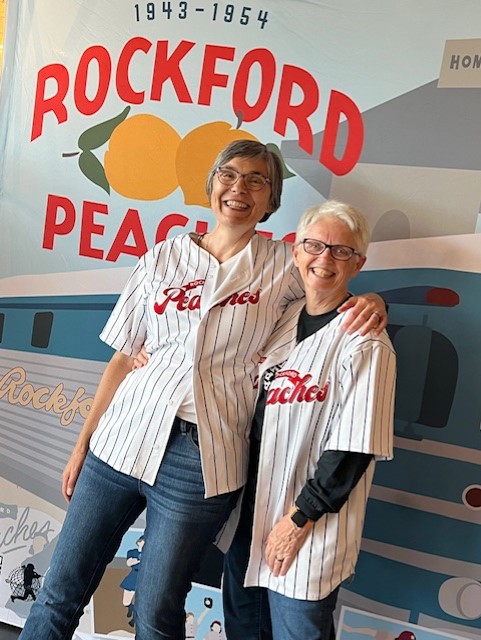Cooler weather changes leaves, fills the air with strange odor
November 6, 2014
Every year on Marshall University’s campus, the autumn colors fade from green to a plethora of reds, yellows and oranges as the temperature begins to drop and the days become shorter.
Leaves get their green color from the chlorophyll that traps energy from sunlight. Once the energy is trapped in the green substance, cells of the tree begin making energy in the form of glucose, as well as oxygen needed for other organisms to breathe.
In the fall, temperatures begin to drop and days shorten, as the Northern hemisphere is oriented away from the sun. During the winter, there is not enough solar radiation or water for trees to perform photosynthesis.
The trees begin to rest, and the chlorophyll fades away. The disappearance of chlorophyll exposes the yellow and red pigments normally not seen. As for the dark reds and purples, glucose becomes trapped in the leaves of trees, like maples, and sunlight, combined with cold weather, causes the glucose to become reddish in color.
Currently on campus, gingko biloba trees display their bright yellow foliage. Derrick Kolling, assistant professor of chemistry, said while the trees are beautiful, they can also cause a putrid smell.
“I tell my students that they might notice a smell of vomit or feces in the dorms, in their classes or other areas around campus during certain times of the year,” Kolling said. “The smell is caused by the berries of the ginkgo tree that contain a chemical called butyric acid. Butyric acid produces the same smell in vomit and feces.”
There are two ginkgo trees on campus, one is near Old Main and the other is outside Morrow Library. Kolling said the tree near Morrow Library was damaged earlier in the year and is not producing much fruit, while the tree near Old Main is producing plenty of fruit, and plenty of smell, as students step on the berries and track them across campus.
Anthony Davis can be contacted at [email protected].














